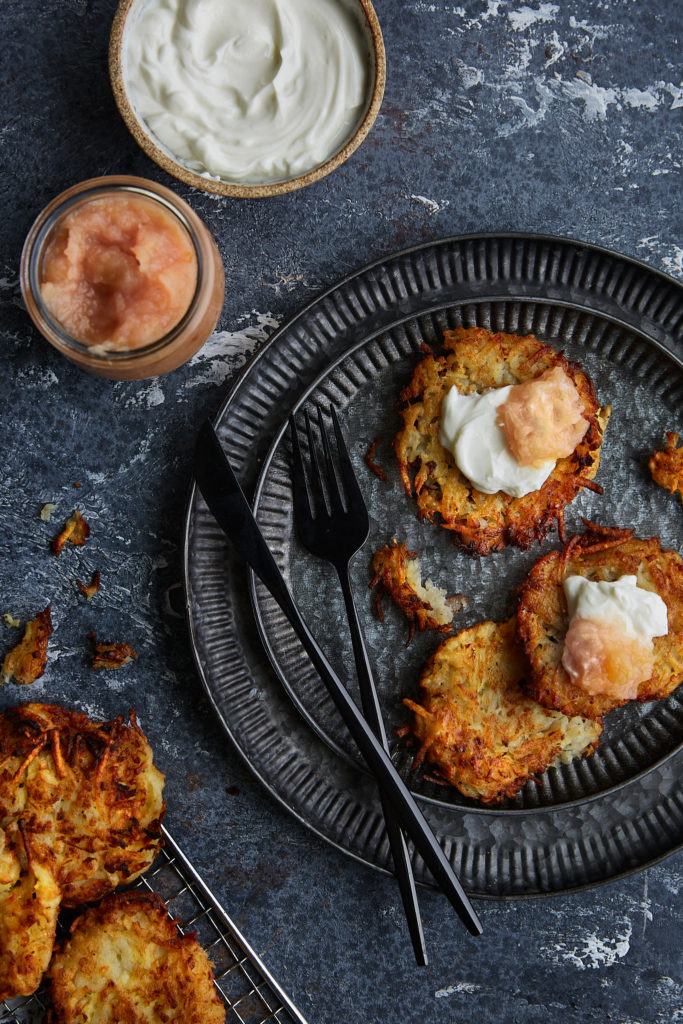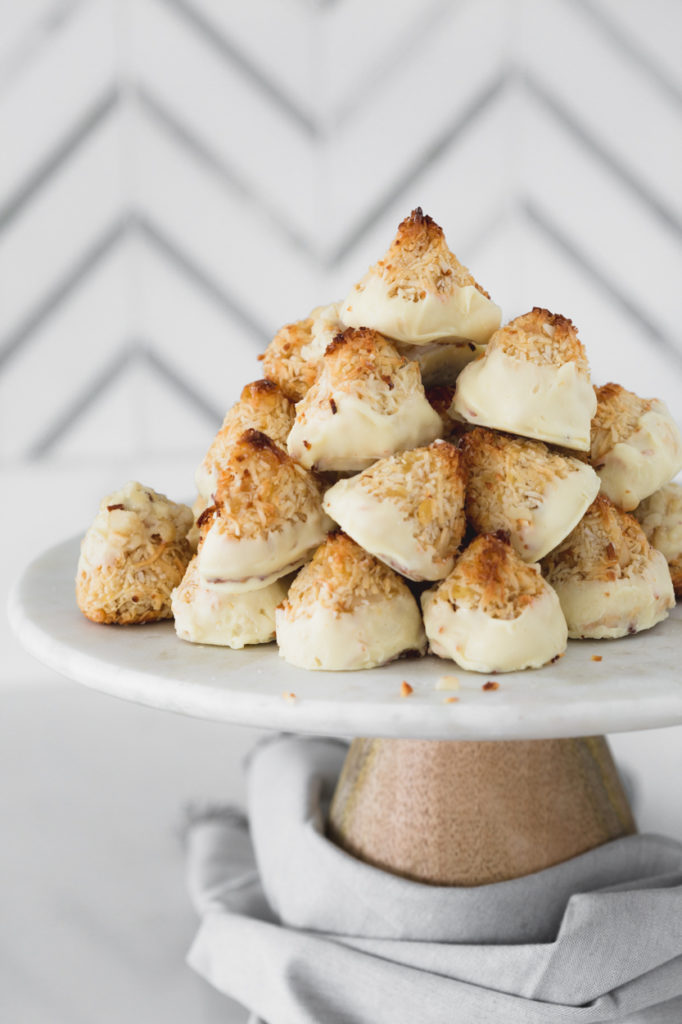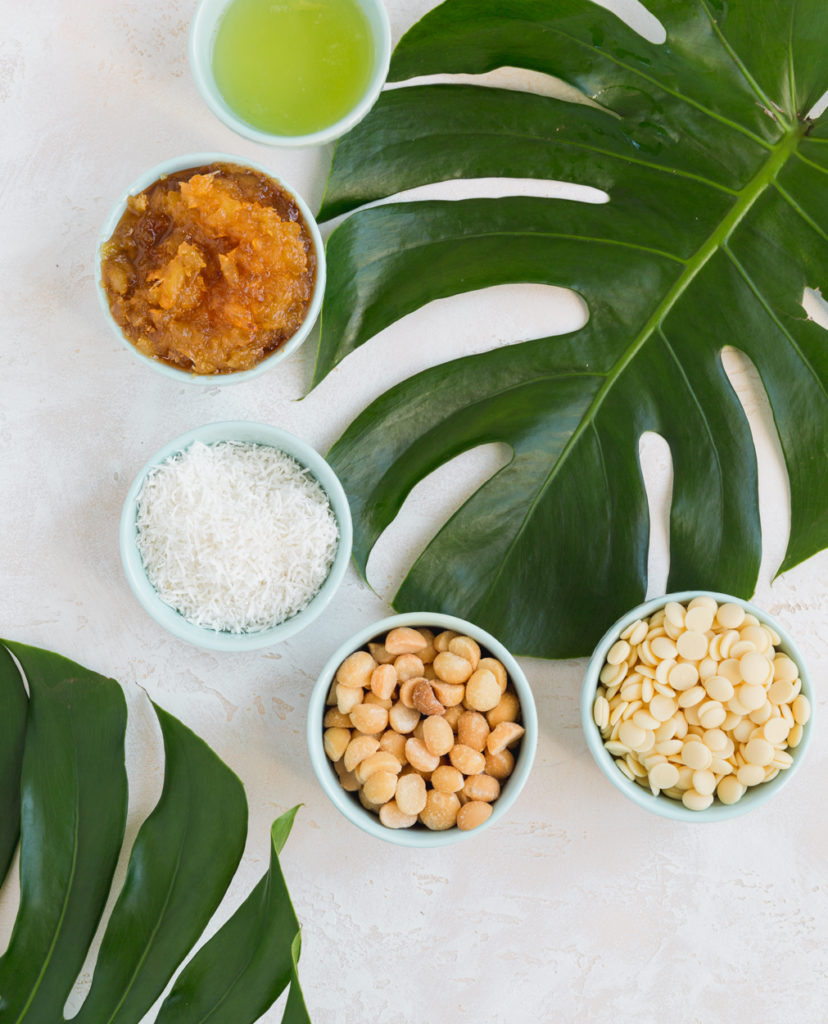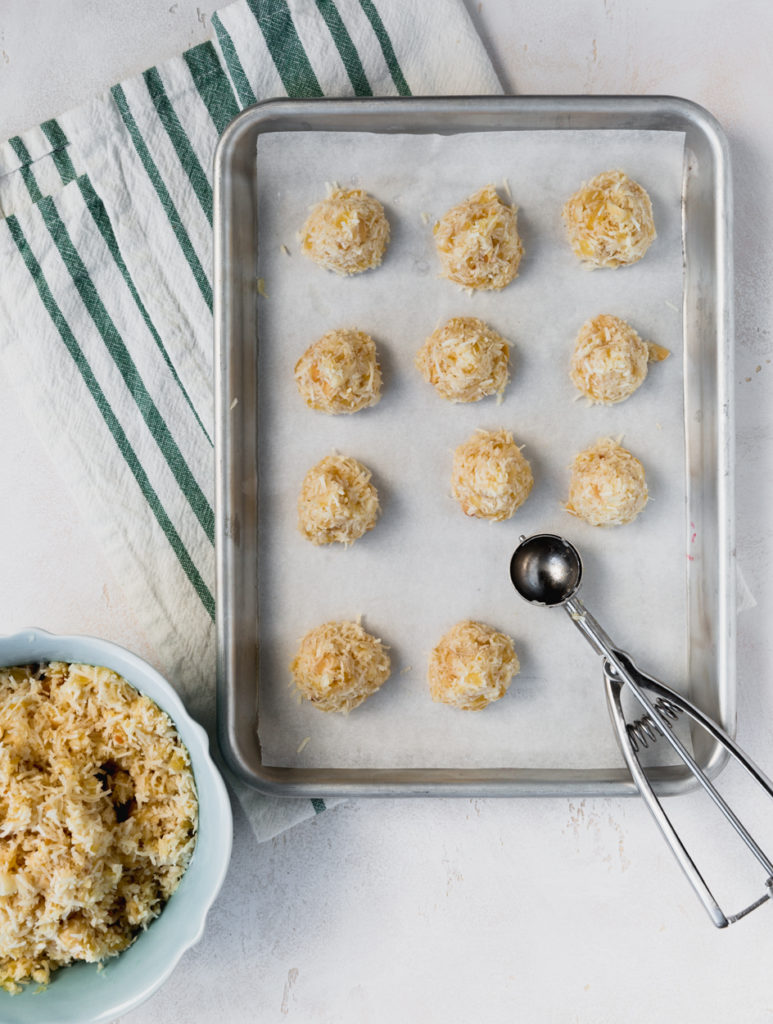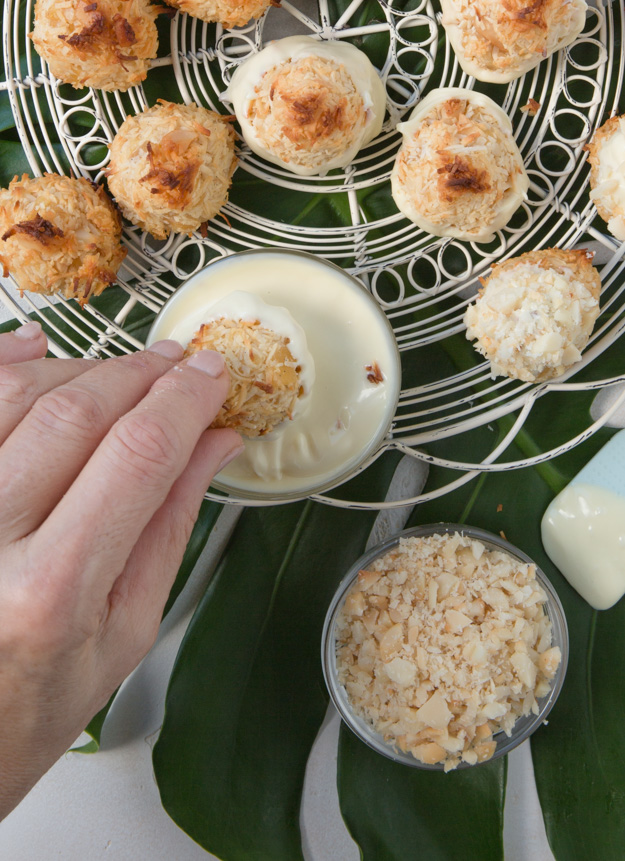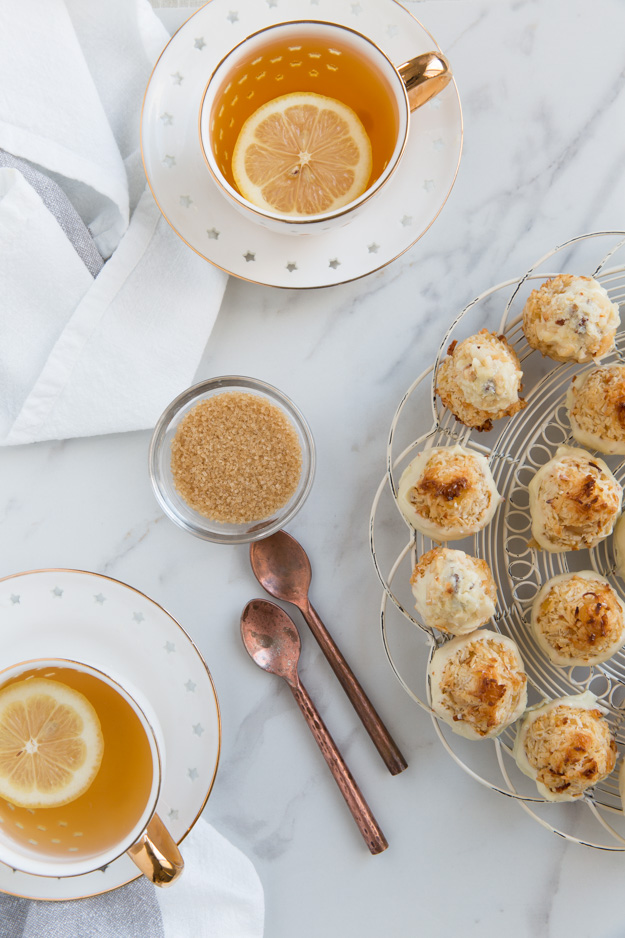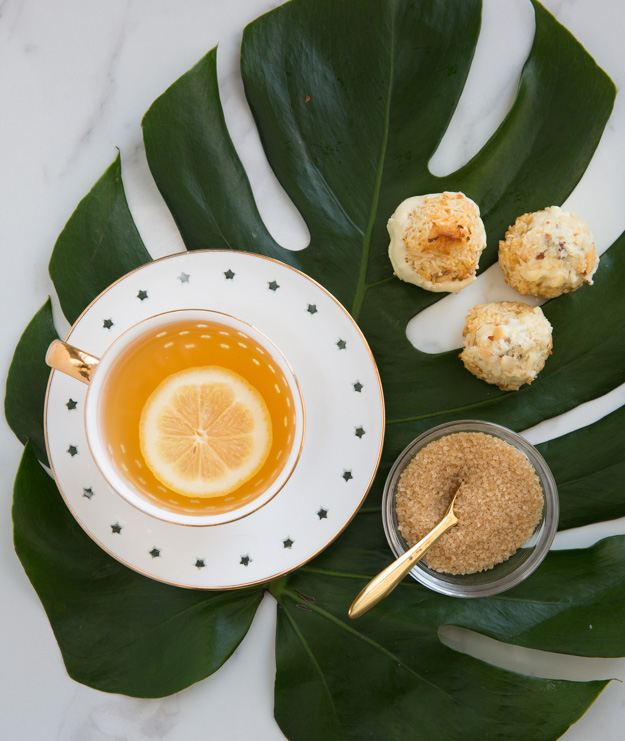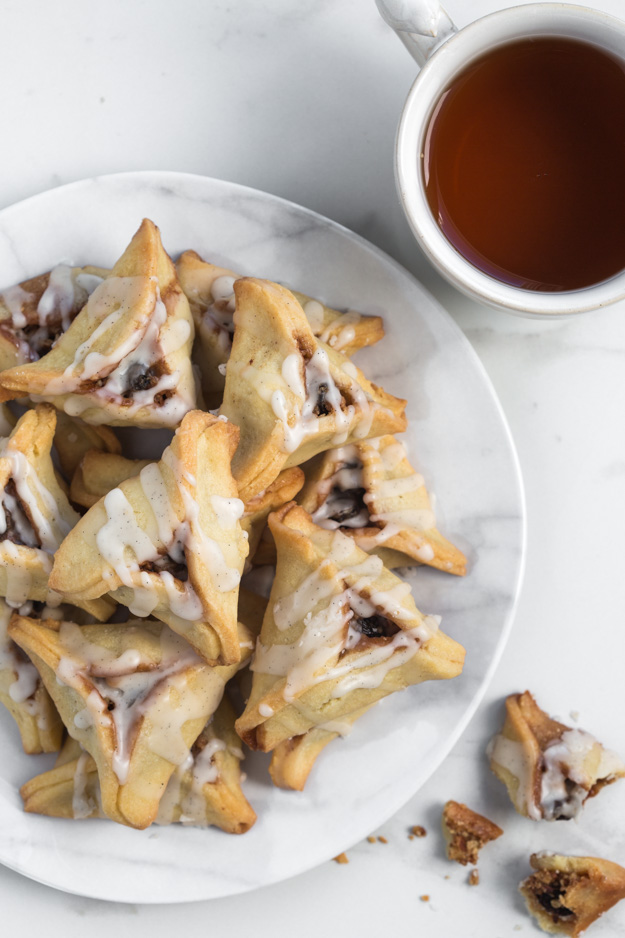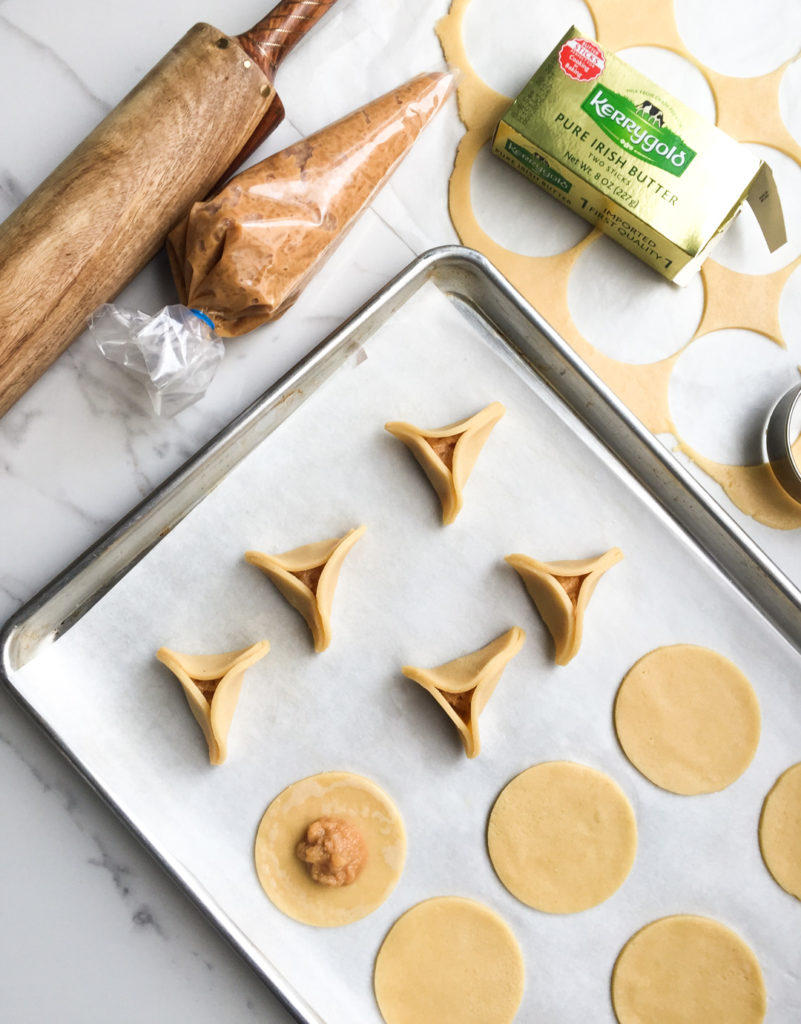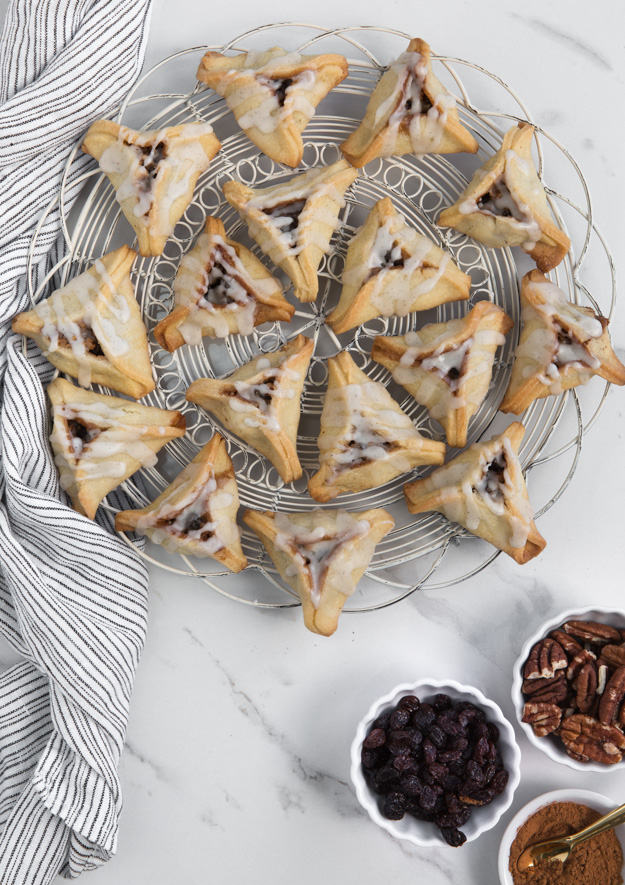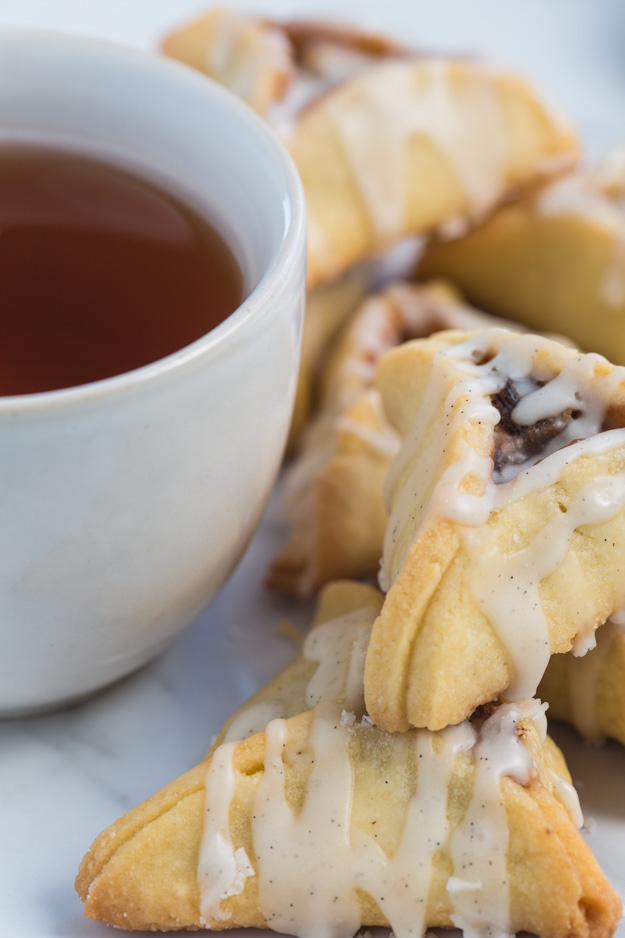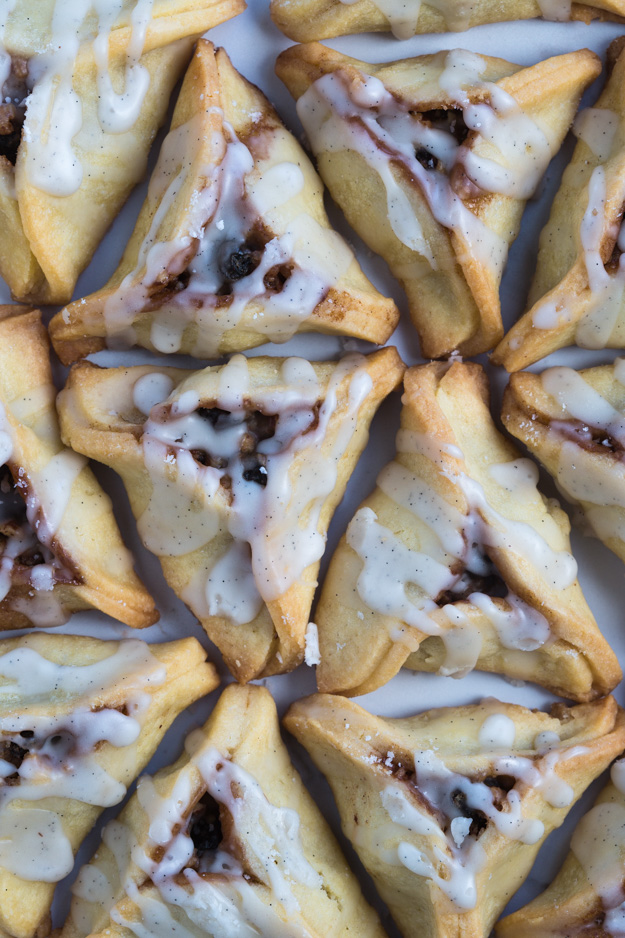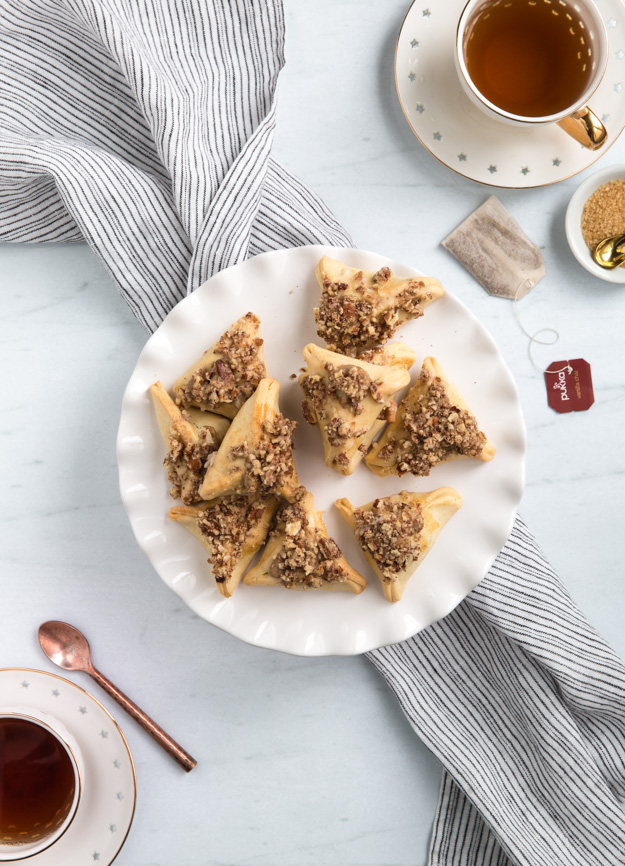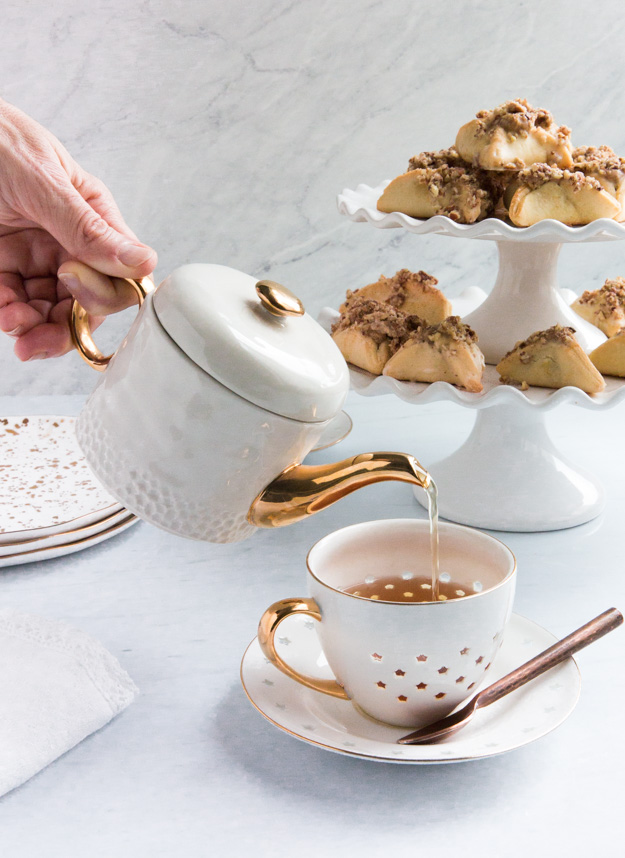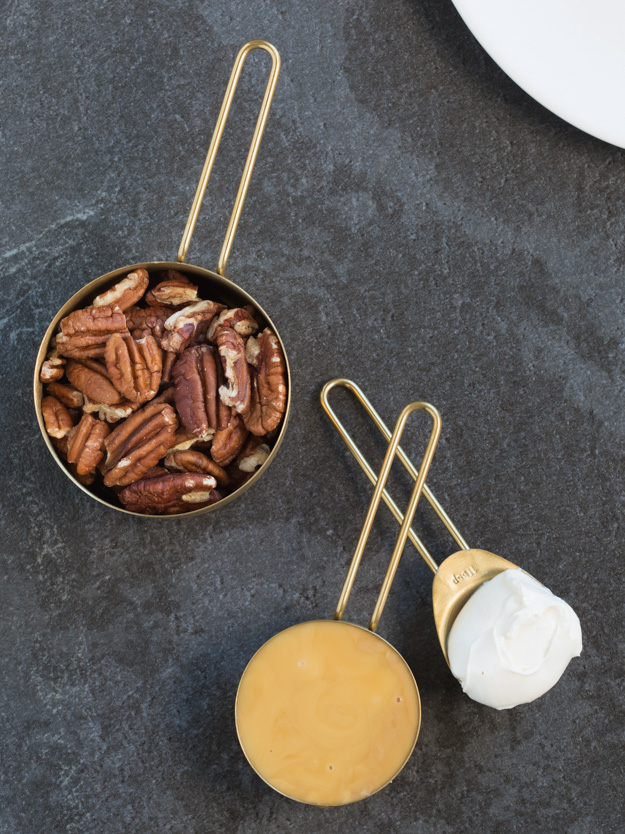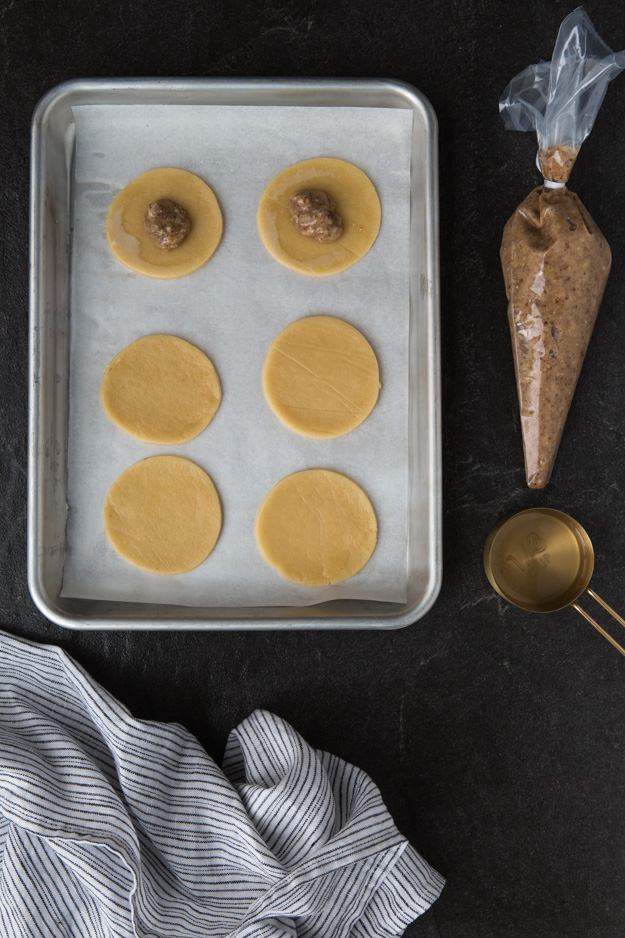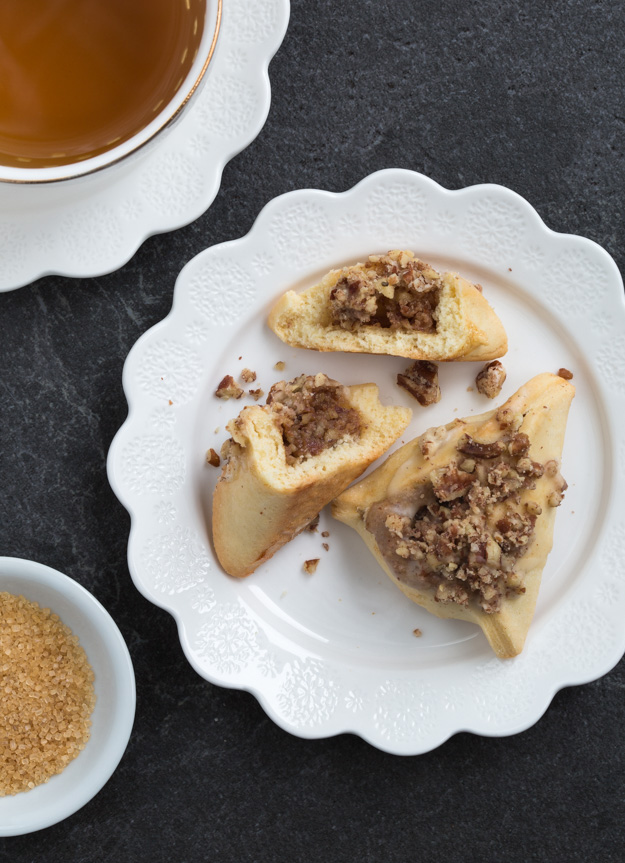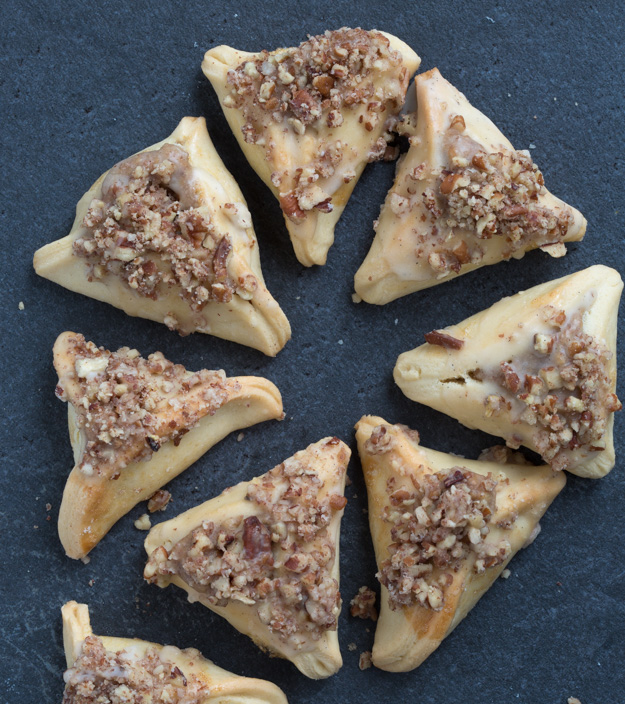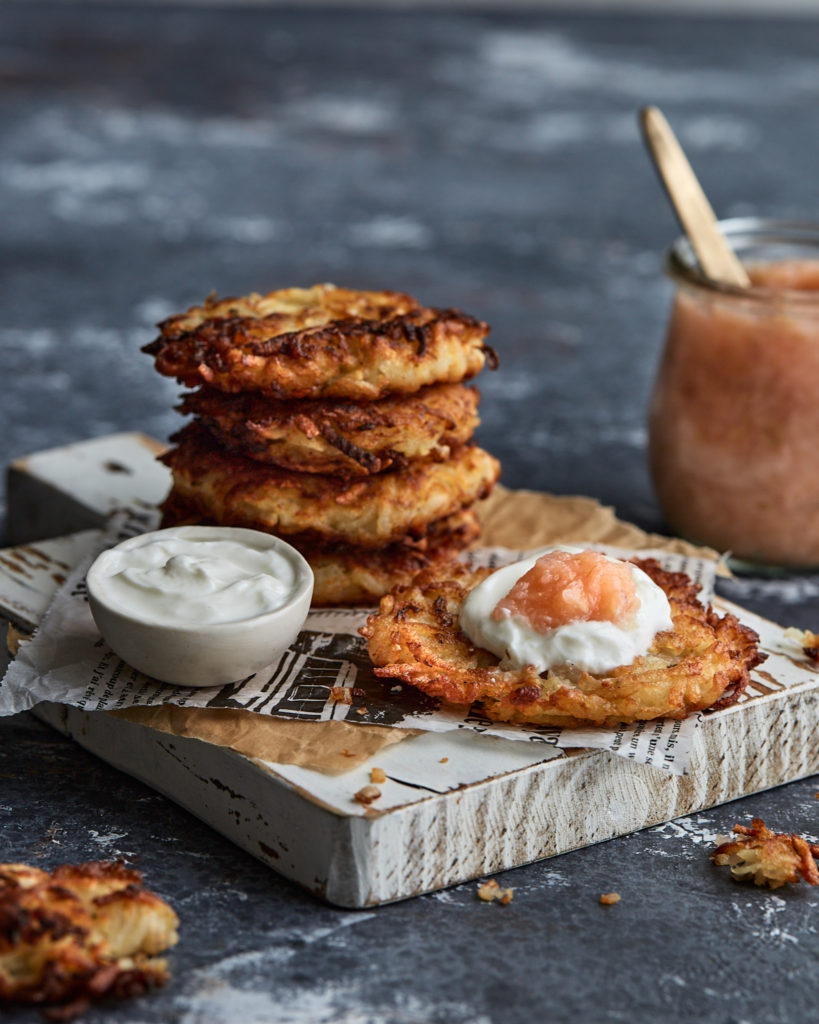
I have been blogging since May 19 2009. This year will be the 13th Chanukah post I will be writing. If your family is anything like mine, they want the same classic potato latkes every year. Your idea of the ultimate latke very much depends on what you grew up with.
It’s beginning to smell and sound a lot like Chanukah around here as I test latke recipes. Check out the video.
My childhood memory of latkes is bittersweet. My mom made the most delicious latkes. Thin, lacy and very crispy at the edges, they were held together with the bare minimum of egg and matzoh meal. She served them with apple sauce and sour cream. That’s the sweet part of my childhood memory. The bitter part is related to my mom’s very keen sense of smell. She was offended by the lingering scent of frying oil. Almost immediately after making latkes, she would perform an exorcism to cleanse the house of the offending odour. She used her secret blend of cleaning agents, a potent, lethal combination of Joy and Ajax. Do not try this at home unless you are wearing a gas mask.
My husband, on the other hand, grew up with thick and creamy latkes. The potatoes were chopped quite fine and then fried, almost like a potato cake. They were served with ketchup. 😱 For a few years I made compromise latkes. Eventually, I won him over to the thin and lacy style. but he still eats them with ketchup.
As a blogger, I feel pressured to present something new and innovative every year. But the truth is, while my family smiled and nodded politely when I presented them with Sweet Potato and Brussels Sprouts Latkes one year, they just want traditional latkes.
A while ago, I came across a recipe for Apple-Potato Latkes with Cinnamon Sour Cream, from Melissa Clarke. I was intrigued with the addition of apples. We always eat latkes with applesauce, so adding apples to the batter wasn’t such a radical idea. While they were delicious, they strayed too far from my ideal latke. She added 3 eggs and 2/3 cup of flour to the batter. They held together beautifully, but they were too eggy and cake-like for me.
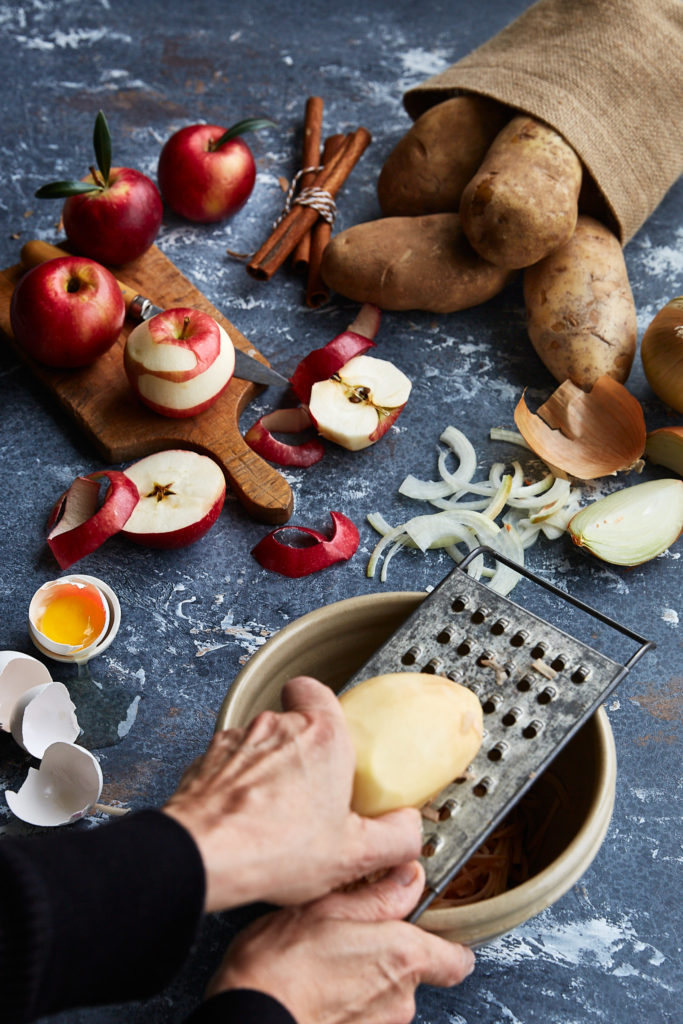
I played around with the ratios and came up with a more traditional latke. The apple remained as a subtle hum in the background, but the predominant flavour is potato. The key to making latkes is muscle power. You need to rid the potatoes, and apples in this case, of all their excess moisture. About 80% of a potato is water. Apples contain 85% water. After shredding, gather up the mixture into a tea towel and squeeze out as much liquid as you can. Save the liquid that the apples and potatoes give up. After sitting for a few minutes, all the starch from the potato liquid will settle to the bottom of the bowl. Drain off the liquid, and scrape that potato starch into the shredded mixture. It really helps keep the latkes together.
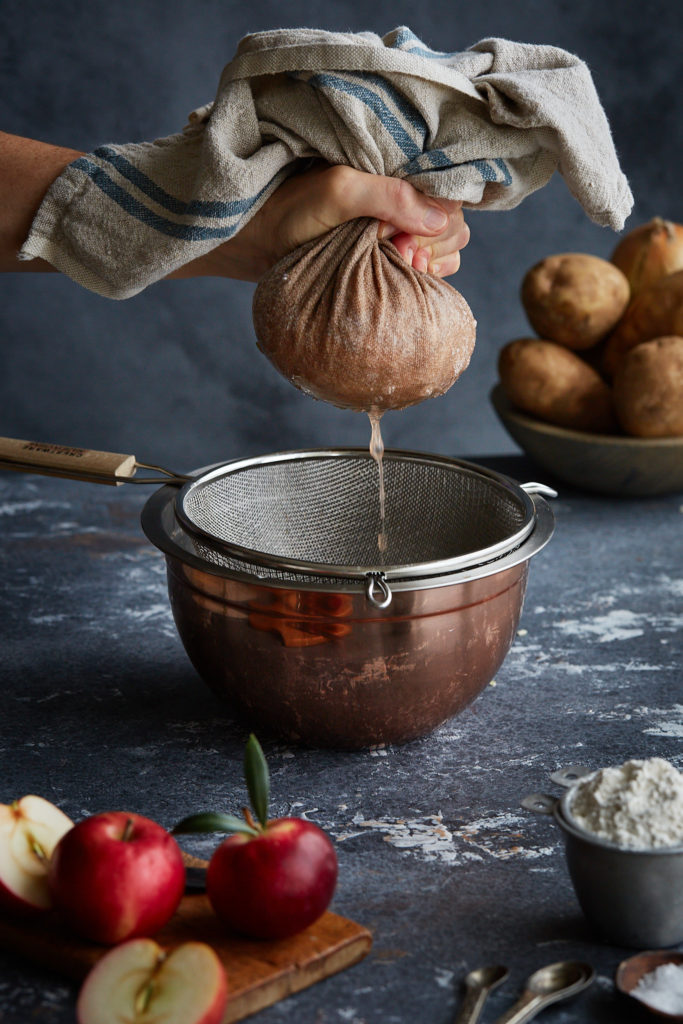
These latkes offer a slight variation on the classic latke, that even the die-hard traditionalists in your house will approve.
Pro tip: for pretty pink applesauce, don’t peel your apples. Just quarter them and put them in a pot with a little water. Cover and cook over low heat until tender. Use a food mill to get rid of the skins and core. Flavour with a pinch of cinnamon if desired.
